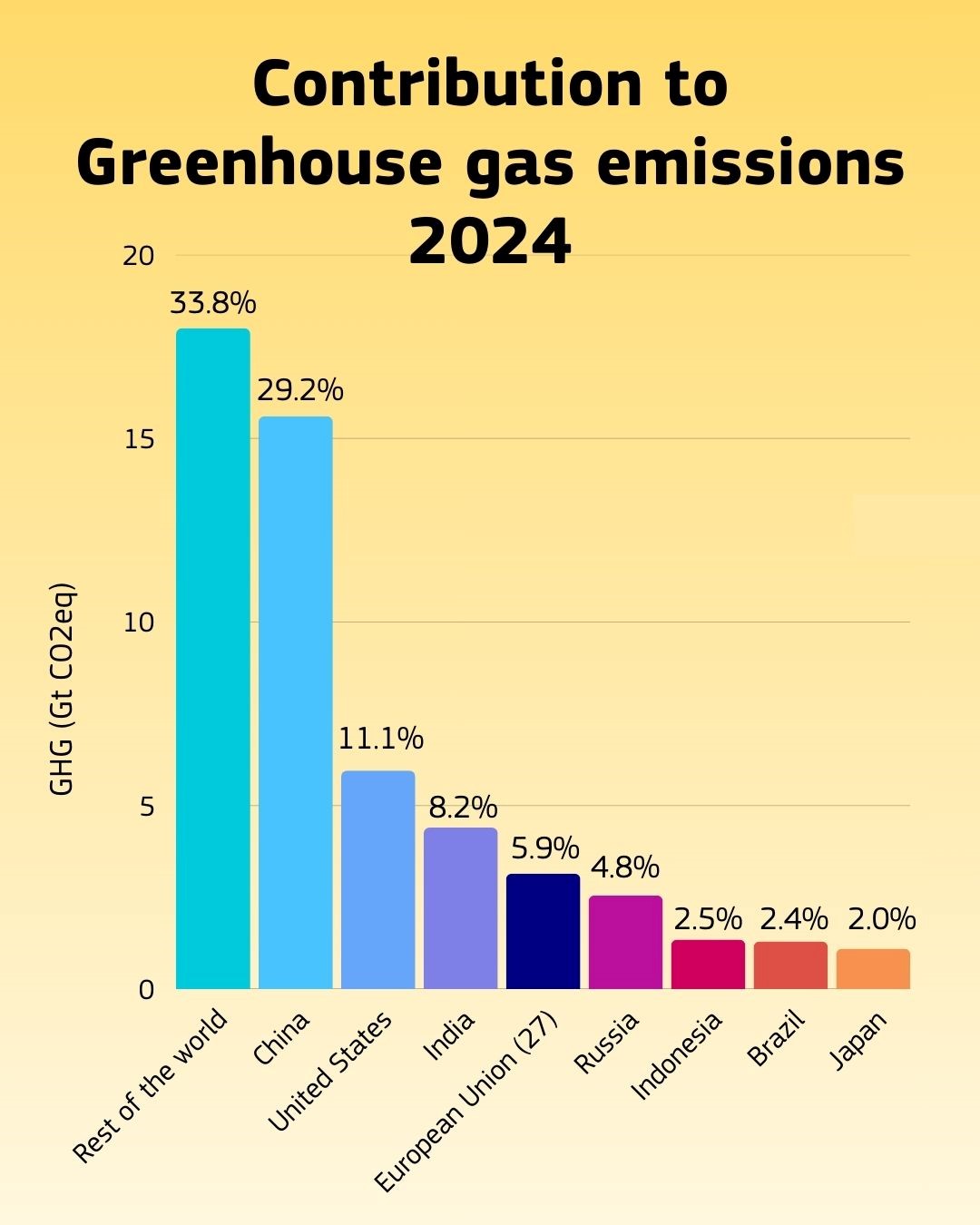



The $125-billion Brazil-led Tropical Forests Forever Facility uses blended finance to reward developing nations for verified forest conservation. It channels 20% of funds to Indigenous communities and shifts focus from grants to performance. India participates as an observer, supporting this South-South climate effort.

Copyright infringement not intended
Picture Courtesy: INDIAN EXPRESS
India has joined the Brazil-led Tropical Forest Forever Facility (TFFF) as an observer.
It is a financial mechanism proposed by Brazil to create a permanent, large-scale fund for the conservation of tropical forests.
The TFFF is designed to provide consistent, performance-based payments to tropical nations for protecting their forests.
|
World lost 3.7 million hectares of tropical forests in 2023, an area equivalent to the size of Bhutan (Source: World Resources Institute's Global Forest Watch, 2024). |
Fund Size: Aims to raise $125 billion — including $25 billion from governments and philanthropists and $100 billion in private investments.
Investment Strategy: Collected capital will be invested in a diversified portfolio of secure assets, such as public and corporate bonds, to generate stable annual returns.
Disbursement Model: Net returns from the investments will be distributed as annual payments to tropical forest countries.
Performance-Based Payments: Payments linked to a country's success in forest conservation, measured by the hectares of forest kept standing annually.
Monitoring: Conservation results will be verified annually using satellite remote sensing data to track forest cover and prevent fraud.

Deforestation is driven by economic gain (agriculture, ranching, timber). The TFFF seeks to counter this by offering long-term revenue to countries that preserve their forests.
The TFFF is a permanent, self-financing vehicle, unlike temporary, project-based conservation aid. This ensures reliable, long-term funding, allowing countries to commit to sustained forest protection policy and enforcement.
Financial Market Risk
Reliance on bond returns exposes the fund to global volatility; a major crash (like 2008) could prevent payments and jeopardize conservation.
Dilution of Developed Nations' Obligations
Operating outside the UNFCCC could weaken developed nations' legal climate finance commitments, diverting focus from the Paris Agreement.
Undermining Existing UN Mechanisms
The facility risks drawing funding and attention from established UNFCCC mechanisms like the Green Climate Fund (GCF) and REDD+, creating a parallel, less standardized system.
Governance and Accountability Concerns
Practical issues remain including who will manage the portfolio, how distribution decisions will be made, and what accountability measures will ensure equitable outcomes.
|
Tropical Forest Forever Facility (TFFF) |
REDD+ |
|
|
Core Principle |
Pays for conserved hectares of existing old-growth forests (an "asset maintenance" model). |
Pays for verified reductions in carbon emissions from avoided deforestation and forest degradation. |
|
Funding Mechanism |
Annual returns from a permanent investment fund. |
Funded through project-based public and private finance, including carbon markets. |
|
Institutional Framework |
Proposed as a standalone fund, outside the UNFCCC structure. |
Developed and operated within the UNFCCC framework. |
|
Simplicity |
Simpler metric: payments based on area of conserved forest verified by satellite. |
More complex: requires calculating baselines and verifying carbon emission reductions (MRV - Monitoring, Reporting, and Verification). |
The Tropical Forest Forever Facility is an innovative, market-oriented, Global South-led conservation finance model that offers a permanent, performance-based incentive for tropical forest protection, strengthened by financial stability, strong governance, to combat climate change and biodiversity loss.
Source: INDIAN EXPRESS
|
PRACTICE QUESTION Q. Discuss the importance of involving indigenous communities in forest protection. 150 words |
Tropical forests are warm, rainy ecosystems located in the tropics near the Equator (between the Tropics of Cancer and Capricorn). The largest are in the Amazon, Congo, and Indo-Malayan regions.
The new Brazil-led TFFF is a global financing mechanism providing large-scale, predictable, long-term funds to tropical forest nations for preservation and restoration, making conservation more viable than deforestation.
The facility employs a blended finance model, targeting a total of $125 billion by combining $25 billion in national contributions with $100 billion from private investors.







© 2025 iasgyan. All right reserved